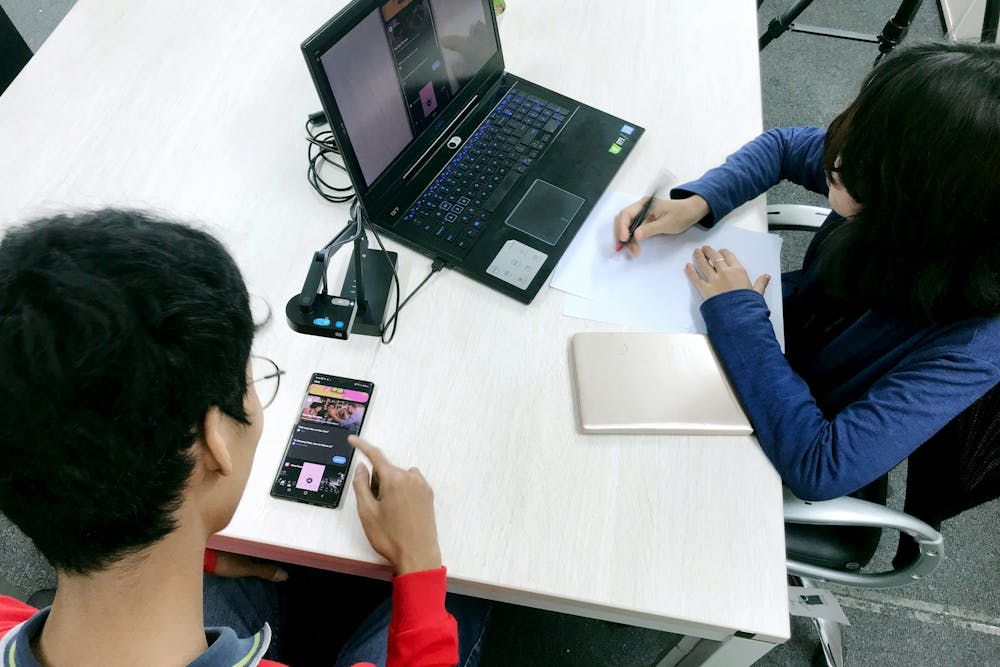Photo by UX Indonesia on Unsplash
Have you ever downloaded a mobile app that felt like it was made just for you? It's almost magical when the features fit seamlessly into your routine. This isn't by chance; it results from careful analysis and testing by app developers. Behind the scenes, developers are integrating tools like Mixpanel SDK integration to gather precious insights into how users interact with their apps. It's akin to chefs tasting their dishes mid-cook, ensuring the flavors hit just the right notes. They track which purchases you're considering or how you move within the app to understand what works and what needs a little more seasoning.
Understanding Mixpanel SDK integration and its impact on data-driven decisions
Mobile app creators are like detectives, sifting through data to crack the case of the perfect user experience. By integrating analytics tools, they monitor real-time data, discovering patterns that tell a story about user behavior. It's the evidence needed to make data-driven decisions. For example, when users frequently abandon a shopping cart within an app, developers can investigate why. Perhaps it's the checkout process that's too cumbersome. With Mixpanel SDK integration, they can streamline the service, so obstacles are removed, making your path from desire to purchase as smooth as silk.
The significance of quick iterations and continuous feedback in app optimization
Now, creating the ultimate app experience isn't a one-and-done deal. It's an ongoing dialogue between developers and users. With each update, apps can change, improve, and adapt. Consider a painter brushing a stroke, then stepping back to see the whole canvas. Developers, armed with user feedback and analytics, tweak their 'paintings' progressively. Quick iterations ensure that apps don't stagnate; they evolve. This benefits users by providing a refined and increasingly efficient experience. And for developers, it solidifies their app's place on your device – and in your daily habits. By responding quickly to feedback, they demonstrate that they're not just hearing but actually listening to their users. And services like Adapty.io are at the forefront of providing the tools needed for this continuous improvement.
How intuitive A/B testing is shaping user experiences in real-time
You've likely been part of an A/B test without realizing it. Imagine two versions of the same app, just like two parallel universes. In one, the subscribe button is a bright shade of green, and in the other, it's a vibrant blue. Developers are monitoring to see which performs better. This kind of testing allows them to craft experiences that feel intuitive and effortless. These decisions can have profound effects. A calming blue might encourage more people to subscribe, or perhaps that green conveys a sense of growth and taps into a subscription feeling more organic, and more natural. A/B testing removes the guesswork, letting real user choices lead the way.





